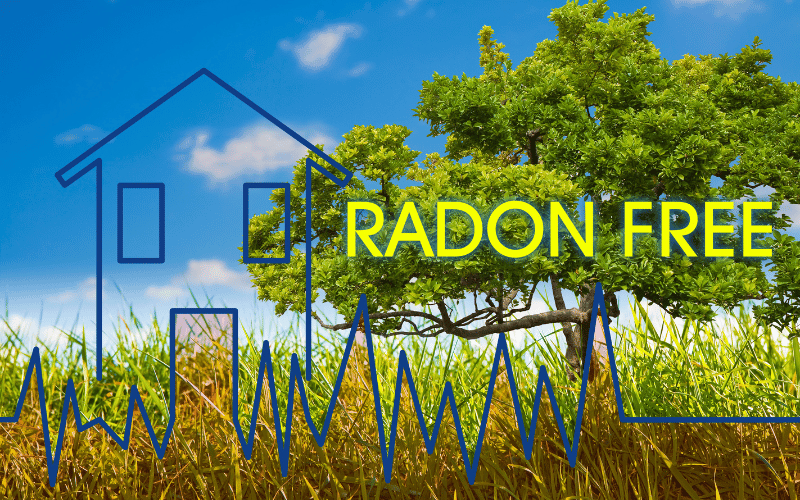Fact 6: Radon Reduction is Achievable

When confronted with the stealthy nature of radon, one might assume it’s an insurmountable challenge. However, there’s good news. While the presence of radon might be natural, we aren’t defenseless. Radon reduction, often referred to as mitigation, involves methods and measures aimed at reducing radon levels in indoor spaces, particularly homes.
The mitigation universe is vast, each method tailored to specific situations. One of the most effective approaches is sub-slab depressurization, which uses a fan system to divert radon from a home’s foundation. Other methods include sealing, which involves plugging openings through which radon can enter. There’s also the possibility of using natural ventilation, although it might be less effective in colder climates.
Radon mitigation isn’t a ‘set it and forget it’ solution. Once systems are in place, regular monitoring is crucial. Why? Radon levels can fluctuate over time. Seasonal changes, structural alterations to the home, or even neighboring construction can impact radon concentrations. Regular checks ensure the continued effectiveness of mitigation measures. (6)